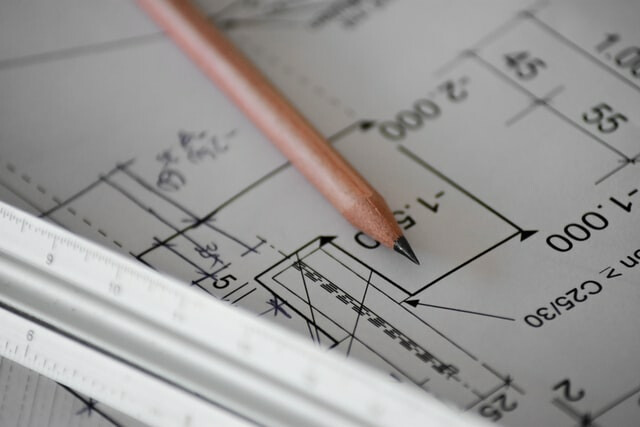
5 Essential Elements For A Remarkable Challenge Coin
Five keys to outstanding challenge coin design
Challenge coins have a rich tradition, passed down from the military to political and business leaders today. They acknowledge outstanding performance, encourage team building, and even serve marketing purposes. What sets certain coins apart from others is the design.
A good design is the difference between an exceptional challenge coin that people carry with pride and a coin that gets thrown in a desk drawer or used as a paperweight. You don't have to be an artist to create a coin that demands attention. Below are five essential elements for a great challenge coin.
Art
The art and text you choose for your challenge coin express the meaning behind the coin. Here are a few ideas to get started finding the perfect artwork for your challenge coin.
Challenge coins shouldn't be complicated. If you have an existing logo, use it. Logos, emblems, and other insignia are ideal for the central theme of challenge coins. Consider adding other elements such as important dates, location details, or a team motto. These details not only look fantastic but personalize the coin. You also can tie the coin to the location with a city skyline or notable landmarks.
If you don't have a specific logo or are unsure where to start, gather inspiration for examples. Use images as references and browse through existing coins for some ideas. Several online resources can be of assistance when looking for artwork including Pinterest, eBay, and Google Images.
Color
Adding color to your challenge coin is a sure-fire way to add a stunning look. Color can enhance the overall appearance of your coin. It’s important to understand the difference between soft and hard enamel coins. Enamel is the colored material poured into the coin's metal base.
Soft enamel coins have a base that is only partially filled with enamel. The result is a coin with hard, raised metal edges that offer a unique texture and different aesthetic to the coin. Soft enamel coins look fantastic with intricate and straightforward layouts, allowing for the most color options.
Hard enamel coins have a metal base overfilled with enamel and then polished down. The process leaves a smooth surface without any raised metal texture anywhere on the surface. Hard enamel coins are more durable, but they are not suited for intricate designs. The finishing process can cause small details to be lost.
Some coins don’t need color to stand out. Challenge coins without enamel showcase just the color of the metal selected. A simple arrangement can have a dramatic impact without color. Coins with no enamel have a timeless aesthetic.
Plating
The plating is the metal that forms the outline of your coin. Plating is a significant element, and it can have quite an impact on the look of your coin. The metal plating is the backdrop. You have options such as gold, silver, copper, and others. High polish or antiqued finishes will add additional detail.
High-polish coins have a sparkling appearance with a glow about them. They are cooler in tone and lustrous, shimmering in the light. High-polish coin have glossy elements that are prominent when paired with dark areas of contrast. Silver and gold high polish coins catch light quickly and are excellent for an eye-catching design.
Antiqued plating takes a subtle approach with a matte-like appearance. Though they are not as striking at first glance, antique-style coins bring out the fine details of any artwork. Antiqued plating is a classic choice and looks distinguished with copper.
Shape and Size
The size and shape of the coin are crucial elements for a stunning challenge coin. Bigger isn’t always better, but size certainly matters. The standard coin is a round disk. Custom-shaped coins can be unique and fun. Create one in the shape of your logo or emblem, a truck, the statue of liberty, whatever you want.
The average coin size ranges between 1.5 inches and 3 inches in diameter. Larger coins garner more attention, but they can be challenging to carry. Bigger coins are great if you have a lot of text or intricate details. They provide more space to express that information. Smaller coins can be just as effective as their counterparts. Smaller challenge coins are suitable for simple art and text, and they can save you a bit if you are working within a budget.
Purpose
The purpose of the coin is a significant aspect of its design. When the result matches the intended meaning of the coin, it's an excellent design. The military, businesses, and other organizations present challenge coins as awards of service. Below are a few common purposes for challenge coins.
Businesses use challenge coins in many ways, as marketing and promotional tools and to recognize extraordinary achievements. Challenge coins are thoughtful business card alternatives, providing details such as a name, logo, and website. They are a great way to thank customers for their businesses and continued patronage. Custom coins are also ideal tools for marketing and advertising at conventions and job fairs. The weight and feel of a challenge coin has value that will be remembered, making it a terrific promotional tool.
Challenge coins also make outstanding rewards for exceptional job performance. They are inspiring to the recipients and those around them. A terrific tool for team building, challenge coins can boost morale and show staff members that they are valued team members. Custom coins are the ideal way to commemorate special occasions or as awards to honor special milestones.
Challenge coins are unique mementos that are displayed and cherished pridefully. They are distinguished gifts for deserving achievements.
A thoughtfully prepared challenge coin is easy to create. With a better understanding of these five vital elements, you can create the perfect challenge coins for your specific needs. Please find out tips on our design page.